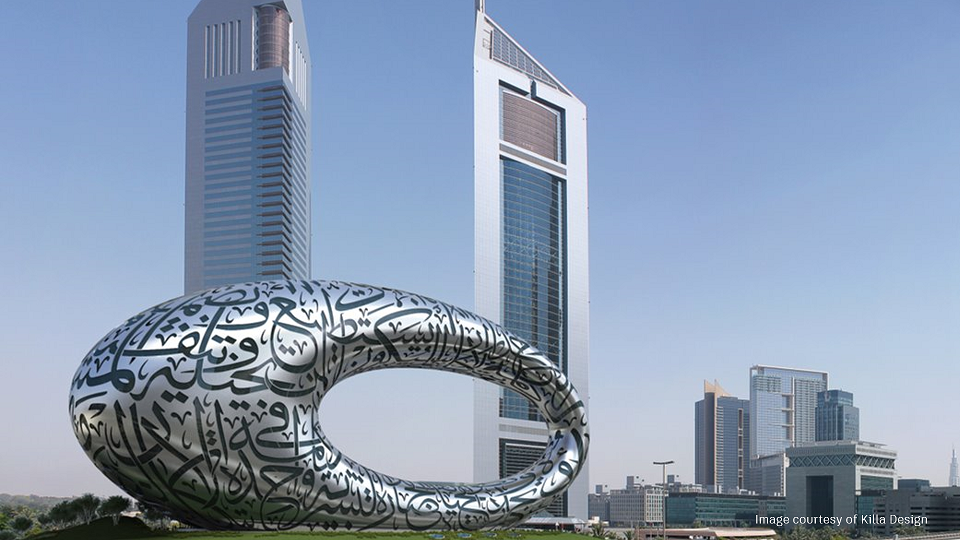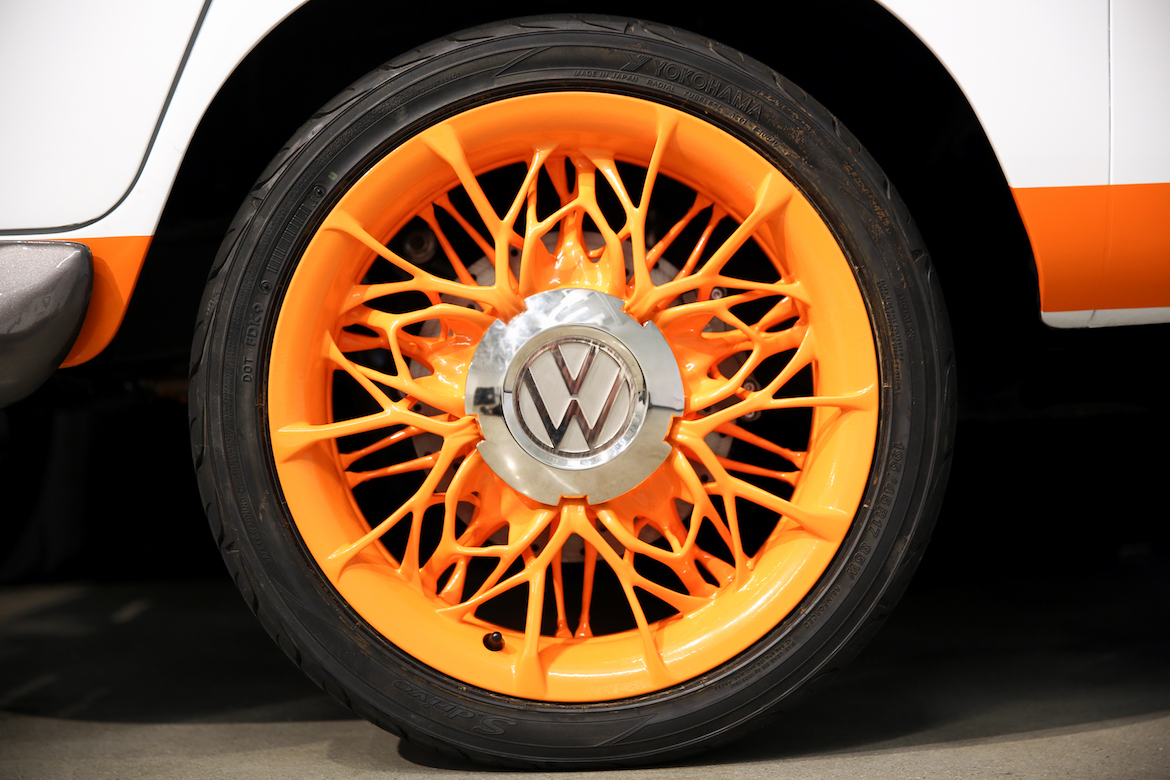Share
From connected workflows that save time and reduce error to more insights that improve decision making and performance, digitization holds the promise of better, faster design in a more sustainable world. For years, we’ve been talking about the power of digital transformation to enhance the way we work. What we didn’t see coming was COVID-19 and how it would jump-start the evolution. In June 2020, an International Data Corporation (IDC) report estimated the pandemic will speed up digital transformation by five years.
At Autodesk, we can attest to the acceleration. We’re seeing customers embrace building information modeling (BIM), cloud collaboration, machine learning, artificial intelligence, and other data-rich tools faster than ever. Digital transformation is the subject of a keynote I’ll be giving at NVIDIA GTC, a global conference focused on how advanced technologies are transforming today’s industries. I’m excited to share how our customers are innovating as they adopt new ways of working. Here’s a little preview of what you can expect to hear.
Watch Amy’s NVIDIA GTC session on demand here
Computing Power Enables Groundbreaking Models

The Museum of the Future in Dubai is a great example of what is possible with digital technology. Image courtesy of Killa Design.
High-performance computing combined with BIM is resulting in architectural marvels that wouldn’t have been possible at the start of this century. The Museum of the Future in Dubai is a perfect example. Designed by Killa Design, the museum is a torus shape with a silver oval, open center, and Arabic calligraphy forming the windows. The design is impressive, no doubt, but without recent advances in collaboration, the engineering and building challenges would have presented too many roadblocks to count.
To ensure constructability, Killa used 4D sequencing in BIM to marry models with responsive timelines. The project team also applied reality capture to create an immersive visualization. This allowed collaborators to “walk through” the whole museum and check each element. Every potential clash could be detected on the complex façade, which is perfectly smooth and joint-free. Killa managed this feat while attaining LEED Platinum status through more than 50 sustainable design decisions.
Old Becomes New

Generative design was applied to the wheels to achieve a weight savings of 18%. Image courtesy of Volkswagen Group of America.
Technology can also help us reinvent the past, even with something as iconic as the vintage VW bus. Volkswagen breathed new life into the old model by taking it electric. In collaboration with Autodesk, VW’s Innovation and Engineering Center California used generative design to reconceptualize several components. This included the wheels, which came in 18 percent lighter than a standard set. The focus on weight is key: The lighter a vehicle is, the less energy needed to power it. More energy-efficient consumption also equates to greater range per charge. The sheer number of design trade-offs needed to maximize strength while reducing weight would not be feasible without generative design. The other benefit is the speed. The overall development time from design to manufacture was cut from 1.5 years to mere months.
Automation Speeds Content Creation
Speed is also one of the outcomes of machine learning in the Media & Entertainment industry, where computer-generated content for movies and streaming services is notoriously labor-intensive. Not every task requires high-touch creativity, so Autodesk uses machine learning to make routine processes more efficient, like recognizing objects. With an object isolated, artists can quickly relight a scene or create other advanced visual effects. Add to that our partnership with NVIDIA, whose OPTIX de-noising technology is part of our Arnold rendering software, and we’re making it even easier for artists to save time.
Those examples are just a teaser of the many ways digitization is reshaping the way we design and make. The live NVIDIA GTC conference has passed, but to learn more you can check it out on demand here. During my keynote, I’ll go even deeper into exciting advances in our industries, including cloud collaboration, digital twins, IoT, and more. I’ll also answer questions from attendees in a live Q&A chat during the keynote. I invite you to have a look. It just might inspire you to take the next step in your own digital transformation.